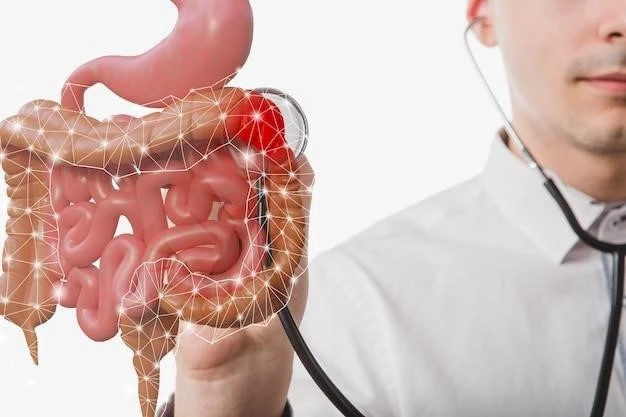Disease Overview
Agenesis of the dorsal pancreas describes a congenital malformation where either the entire dorsal pancreas or part of it fails to develop. Some individuals are asymptomatic, while others may experience hyperglycemia, diabetes mellitus, and abdominal pain.
Partial or complete agenesis of the dorsal pancreas is an exceedingly rare congenital anomaly characterized by the failure of the dorsal pancreatic bud to develop the body and tail of the pancreas during embryological development. This malformation can lead to a range of symptoms, including abdominal pain, hyperglycemia, diabetes mellitus, and other associated conditions.

Rationale
Several medical problems are associated with agenesis of the dorsal pancreas, including diabetes mellitus, abdominal pain, pancreatitis, neuroendocrine tumors, and other related conditions. Understanding these associations is crucial for comprehensive management.
Definition of Pancreas Agenesis
Partial or complete agenesis of the dorsal pancreas is an exceedingly rare congenital anomaly characterized by the failure of the dorsal pancreatic bud to develop the body and tail of the pancreas during embryological development. This malformation can lead to a range of symptoms, including abdominal pain, hyperglycemia, diabetes mellitus, and other associated conditions.
Clinical Manifestations
The clinical manifestations of pancreas agenesis vary, with some individuals remaining asymptomatic while others may experience symptoms such as hyperglycemia, diabetes mellitus, and abdominal pain.
Symptoms of Agenesis of the Dorsal Pancreas
Common symptoms of agenesis of the dorsal pancreas include abdominal pain, hyperglycemia, diabetes mellitus, and potential complications such as bile duct obstruction. Some individuals may remain asymptomatic despite this congenital malformation.
Imaging and Diagnosis
Imaging plays a crucial role in detecting pancreas agenesis. Techniques like ultrasound, CT scans, and MRI can aid in visualizing the absence or abnormalities in the development of the pancreas.
Role of Imaging in Detecting Pancreas Agenesis
Imaging techniques like ultrasound, CT scans, and MRI play a critical role in detecting pancreas agenesis by visualizing the absence or abnormalities in the development of the dorsal pancreas. These modalities aid in the diagnosis and management of this rare congenital anomaly.

Epidemiology
The rarity of pancreas agenesis cases makes it a challenging congenital anomaly to study, with only a limited number of reported instances since its recognition. Complete or partial agenesis of the dorsal pancreas is an exceedingly rare condition, with varied manifestations reported in the medical literature.
Rarity and Frequency of Pancreas Agenesis Cases
Complete or partial agenesis of the dorsal pancreas is an exceedingly rare condition, with limited reported instances since its recognition. The rarity of pancreas agenesis cases poses challenges in studying the epidemiology and frequency of this congenital anomaly.
Genetic mutations play a significant role in the development of pancreas agenesis, contributing to the congenital anomaly where the dorsal part of the pancreas fails to develop properly. Understanding these mutations is crucial in diagnosing and managing this rare condition.
Genetic Factors
Genetic mutations are crucial in the development of pancreas agenesis, leading to the incomplete formation of the dorsal pancreas during embryological development. These mutations play a significant role in the pathogenesis of this rare congenital anomaly.
Association with Other Conditions
Individuals with pancreas agenesis may have syndromic associations, potentially including polysplenia, cardiac anomalies, and pancreas divisum. Understanding these associations is vital for comprehensive evaluation and management.
Syndromic Associations of Pancreas Agenesis
Pancreas agenesis may be associated with other conditions such as polysplenia, cardiac anomalies, and pancreas divisum. Understanding these syndromic associations is crucial for a comprehensive evaluation and effective management of individuals with this rare congenital anomaly.
Treatment and Management
Approaches to managing pancreas agenesis involve addressing associated conditions such as diabetes mellitus, bile duct obstruction, and abdominal pain through medical interventions, dietary modifications, and potential surgical options.
Approaches to Managing Pancreas Agenesis
The management of pancreas agenesis involves addressing associated conditions like diabetes mellitus, bile duct obstruction, and abdominal pain. Treatment strategies include medical interventions, dietary modifications, and, in certain cases, surgical options to alleviate symptoms and improve quality of life.
